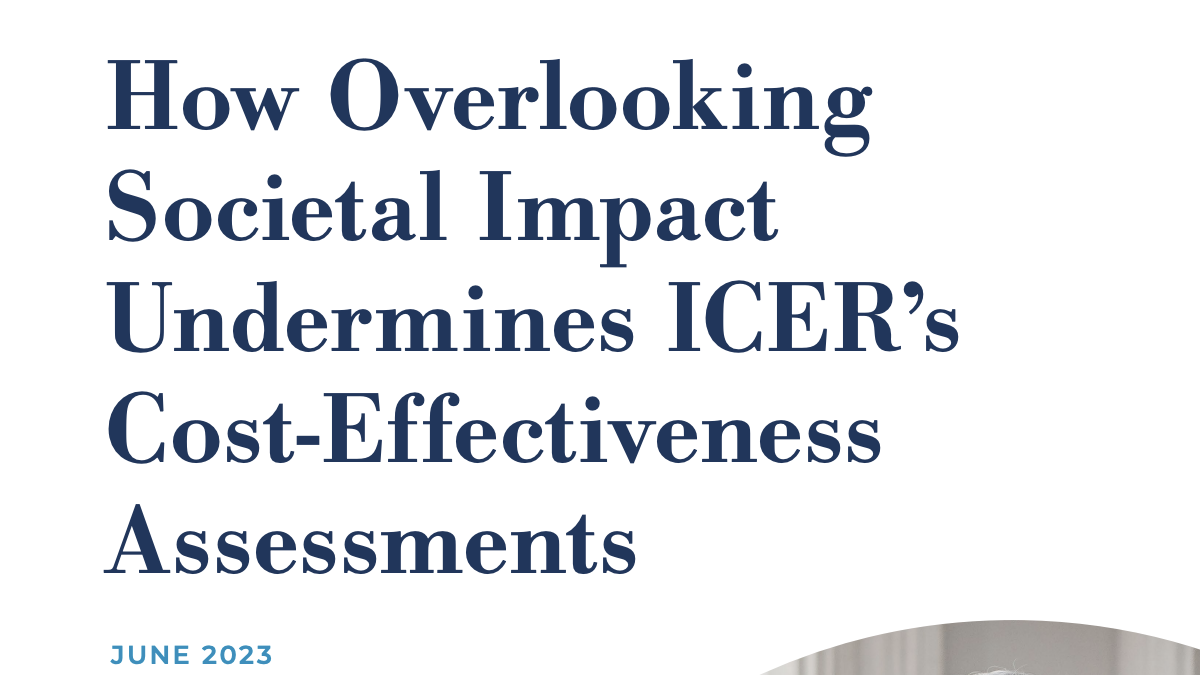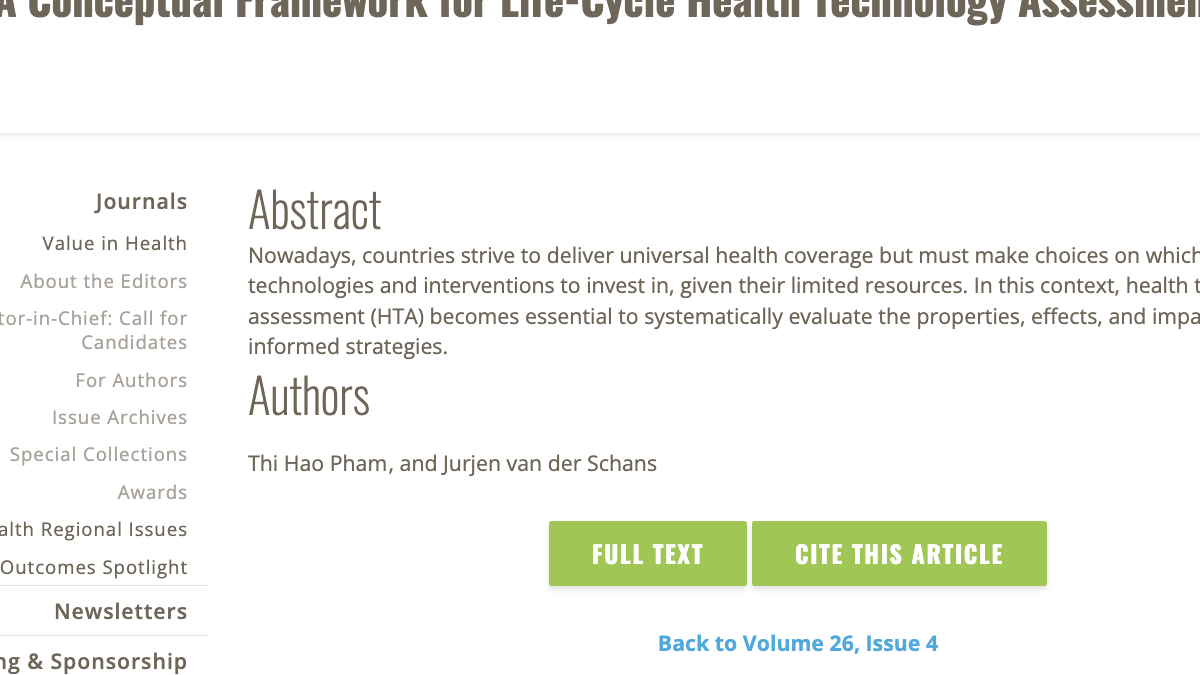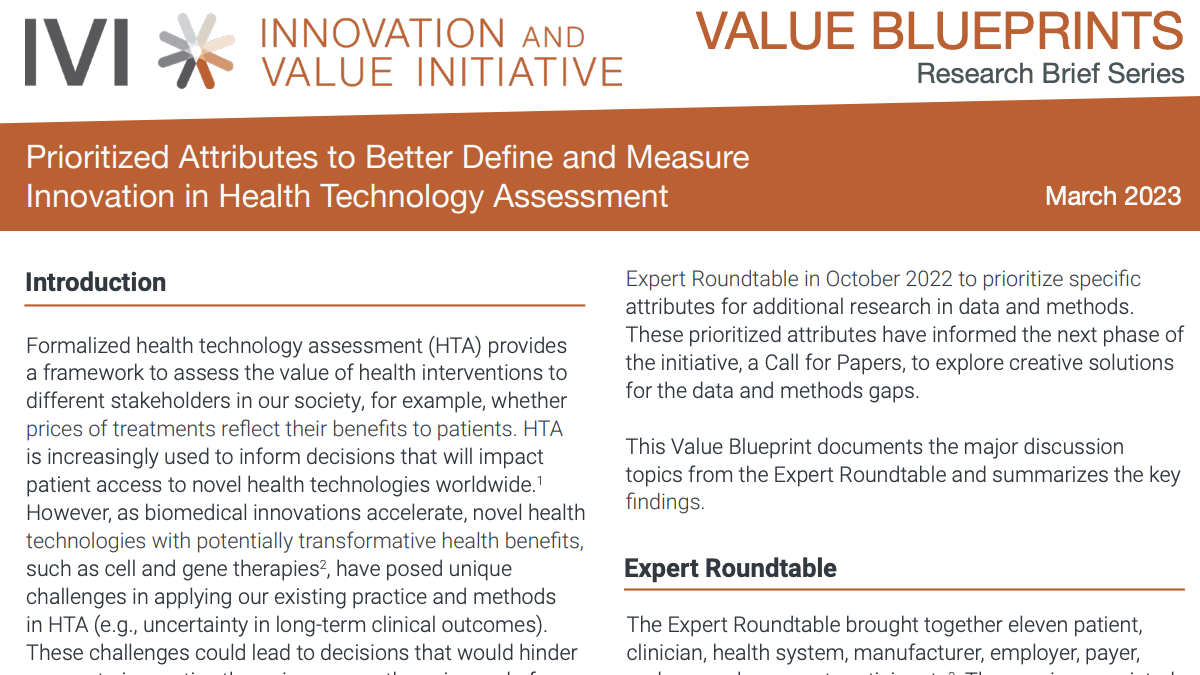Health plans are quietly cutting more and more medications from their list of approved drugs, narrowing patients’ treatment options.
Insurers and their pharmacy benefit managers have used this practice for a while. But exclusions have rapidly accelerated in recent years. The number of medications cut from formularies jumped to 846 last year, more than three times the number excluded in 2017.
Patients who need these drugs must either pay out of pocket or go without.
Pushing Back
Now patients, health care providers and advocates are pushing back.
The Movement Disorders Policy Coalition spearheaded efforts aimed at getting pharmacy benefit managers to rethink their exclusion of medications for movement disorders like Parkinson’s disease and tardive dyskinesia. These conditions are complex, requiring treatment of both physical and mental health symptoms, yet they can be frequent targets for exclusions. One pharmacy benefit manager, for example, has now excluded six movement disorders therapies, leaving patients fewer innovative options to manage their progressive neurodegenerative condition.
So far pharmacy benefit managers, which administer prescription drug benefits for insurance companies, point to their exceptions process. In theory, it allows some patients to eventually get excluded medicine, but filing an exception is often complicated and time consuming – and it’s not always successful. And even patients who do ultimately prevail have their treatment delayed in the interim.
More often, exclusion lists force patients with stabilized conditions to switch treatments – a disruptive and potentially dangerous practice, especially for patients with serious or chronic conditions.
According to survey data, switching medications for non-medical reasons results in complications for three-fifths of patients, including those with movement disorders. One in 10 wind up in the hospital. This chain of events increases the burden for patients as well as the cost to the health care system.
Pushing back can be effective. In California, for example, Blue Shield of California recently reversed its harshest exclusions of an advanced cholesterol drug based in response to public outcry.
Accessibility & Optimal Care
Drugs are generally included or excluded according to their profitability to the pharmacy benefit managers, rather than their price or efficacy. Among hepatitis C treatments, for instance, some generic drugs and medications with low lists prices are actually excluded while more expensive ones are covered.
The growing number of treatment options for movement disorders and other conditions offers more opportunities to personalize care and optimize health outcomes. But that’s only possible if health plans stop excluding drugs just to boost their own profits and start providing coverage that meets the needs of their beneficiaries.




